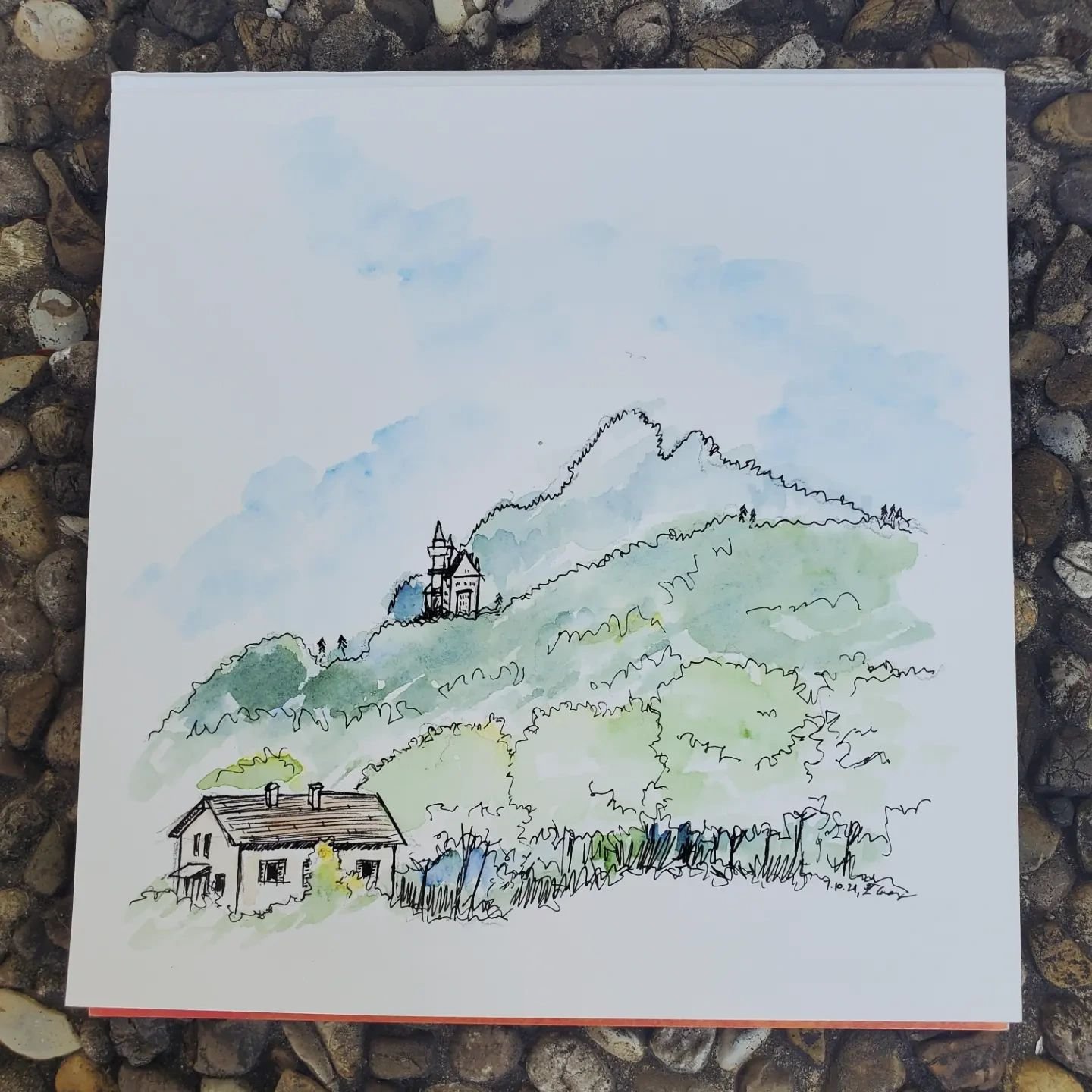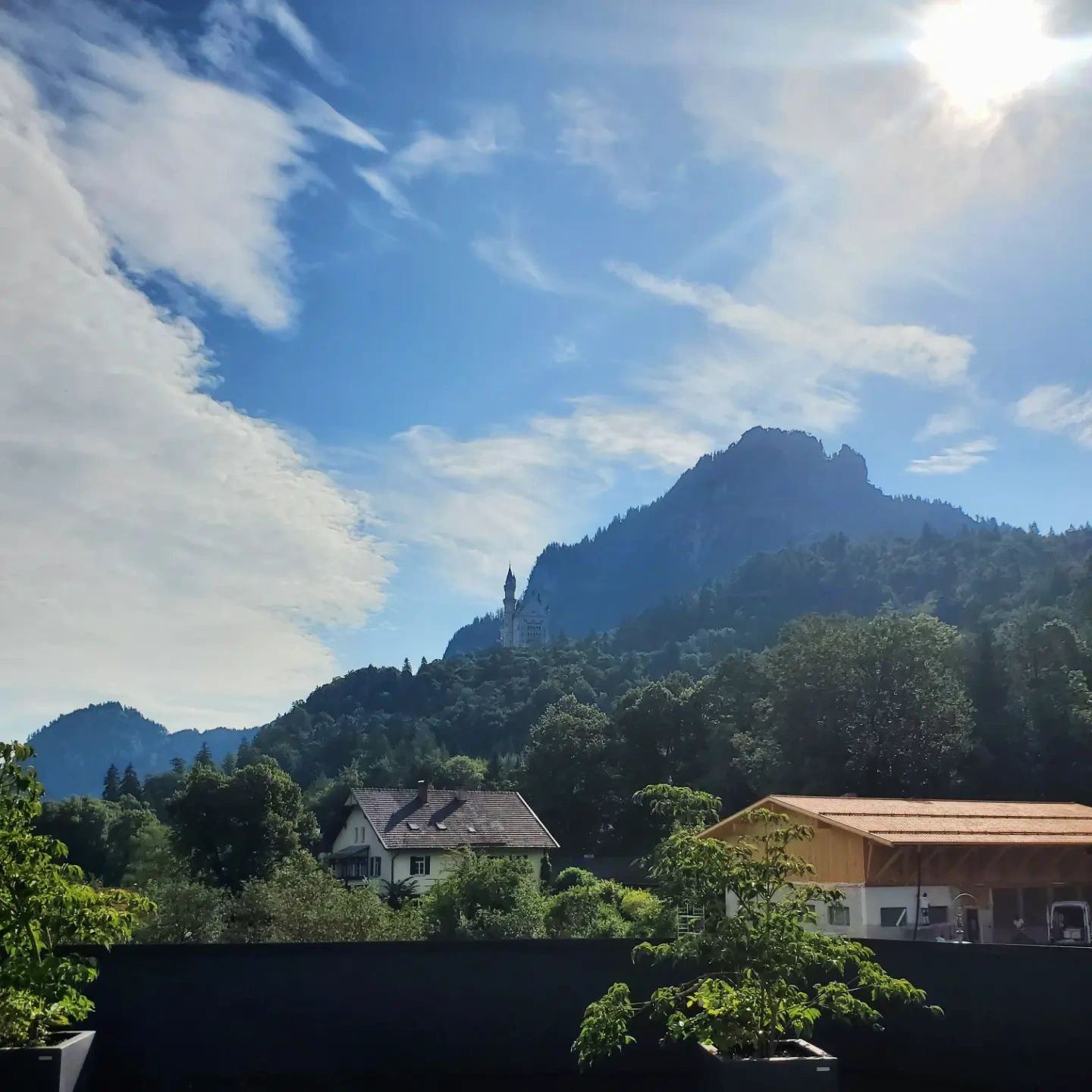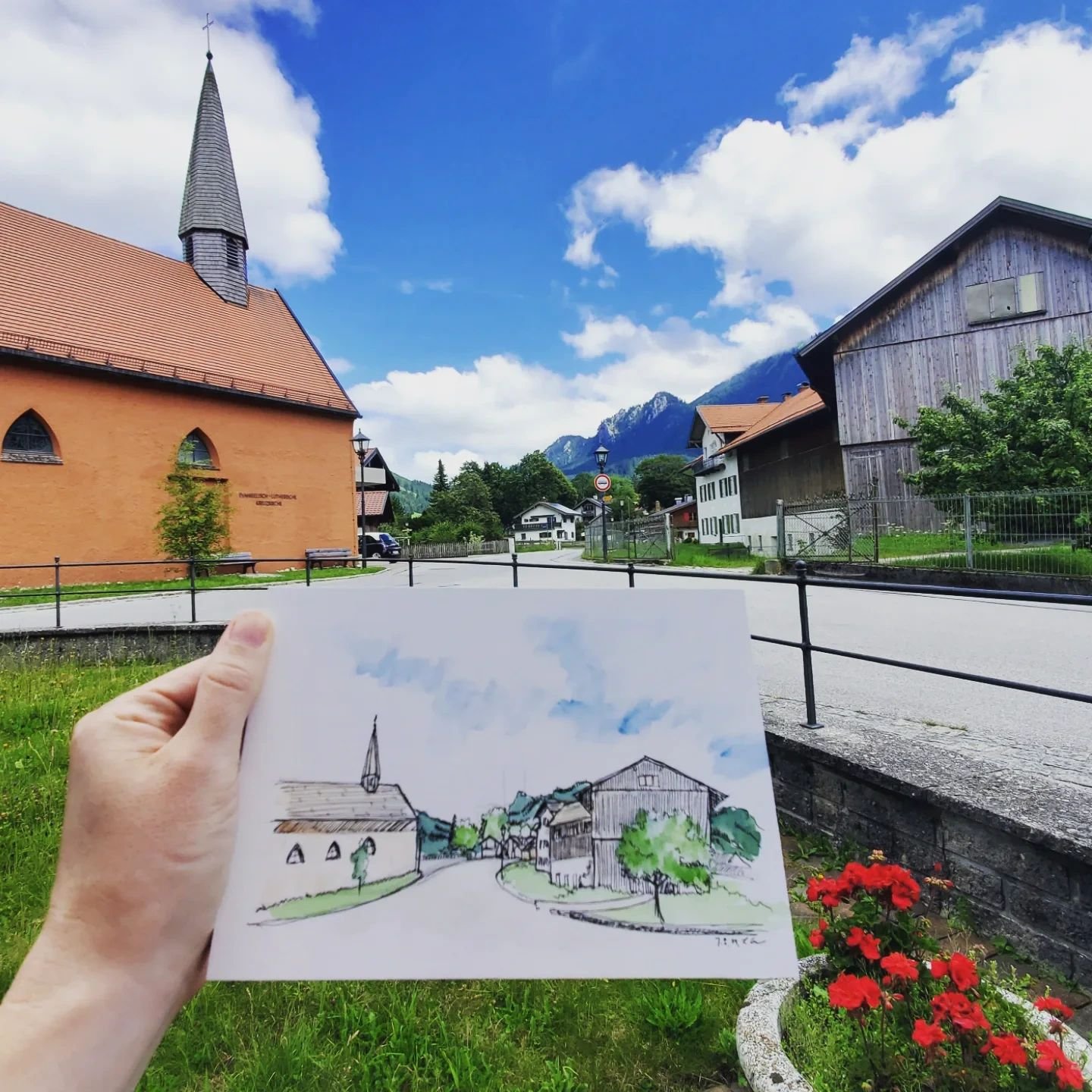Landscapes have been the subject of art for as long as art has been created.
For as long as I can remember, the words of a poem and the strokes of a painting have held power over me - through them I wandered ‘o’er vales and hills’ (William Wordsworth, ‘I Wandered Lonely as a Cloud’) and looked down roads diverging down a yellow wood (Robert Frost, ‘The Road Not Taken’). Always, there was a stillness to these landscapes – they were distant, unchanging, framed.
Over time, through study and practice, our profession teaches us that the landscapes we move through daily are not still at all. Ecosystems are dynamic - forests grow and fall, rivers shift course, grasslands burn and return. The landscape has always been active. Then comes the question - what does it mean to create art not about the landscape, but with it? How does landscape become art?
ROOTED IN THE LIVING
In Texas, among twisted oaks and tall grass, live the Comanche Marker Trees . Bent deliberately as saplings by Comanches, they once pointed toward water sources, trails, and sacred grounds. Today, a few remain—scarred, massive, and quiet. These living sculptures offer more than visual impact; they carry memory, utility, and a sense of time that exceeds the human lifespan.
They are evidence of a landscape shaped slowly, intentionally, and with reverence. Their form is not ornamental but - essential anchored in a tradition that recognizes the intelligence of place.
Far from Texas, the Khasi people of Meghalaya, India, have long practiced a similar patience . Using the aerial roots of rubber fig trees, they guide them across rivers to form living bridges. Over decades, the bridges strengthen, repair themselves, and evolve - living infrastructure rooted in ecological knowledge. Like the marker trees, they are reminders of what it means to build with life instead of over it.
COLLECTIVE MEMORY
Imagine walking down a street where the trees are painted blue. Would you notice them differently? Would you notice them at all?
Konstantin Dimopoulos’ The Blue Trees is a social and environmental art installation that temporarily transforms urban trees with biologically safe blue pigment. Traveling across multiple cities, including Houston and Austin - the installation is more than visual spectacle, it is an act of disruption, of asking us to pause, to consider deforestation and urban ecological neglect, and to see trees not as backdrop but as beings.
Unlike static public art, living landscape interventions often rely on community participation to root them in memory. Dimopoulos invites communities to help in the process: “They become artists with me for a time, empowering them in their understanding of the role art can play.”
Through collective participation, the work builds a kind of communal authorship and memory. The trees become more than trees—they become conversation starters, co-creators, citizens of the city.
EMBRACING TEMPORALITY
The work of Robert Smithson, one of the most influential land artists of the 20th century, explores the passage of time and the inevitability of change. His Amarillo Ramp , constructed in Texas and completed posthumously by Nancy Holt and others, exemplifies this ethos. Built from dirt and stone, an earthen spiral that descends into a dry lakebed, it was never meant to last. Over the years, it has eroded, softened, become overgrown with mesquite—its form slipping back into the land.
Smithson’s work embraced entropy—the idea that decay and transformation are inevitable, and perhaps even beautiful. In doing so, it stood against the rigidity of modern construction. Amarillo Ramp is a work in slow motion, meant to be visited again and again, each time a little different.
RADICAL GROWTH
In Germany, architects have experimented with Baubotanik , a form of living construction where trees are trained to grow into walls, columns, and even towers. It is slow architecture—incremental, regenerative, alive. These structures suggest a radical alternative: one in which cities could grow like gardens, where buildings aren’t fixed in time but evolve with their environment.
These examples gesture a return toward a relationship between design and ecology. What if we stopped asking how to control nature, and instead asked how to collaborate with it?
Boubotanik: by Nicolás Boullosa is licensed under CC by 2.0
These examples present a powerful alternative to the fixed, extractive, and rigid modes of building and designing that dominate our present. They suggest that art and infrastructure need not be separate realms, nor must they be static.
To design for growth rather than stasis means embracing a level of unpredictability - even surrender. It requires us to trust in processes that unfold over time and to accept that beauty might not lie in symmetry, finish, or control—but in patience, resilience, and change.













